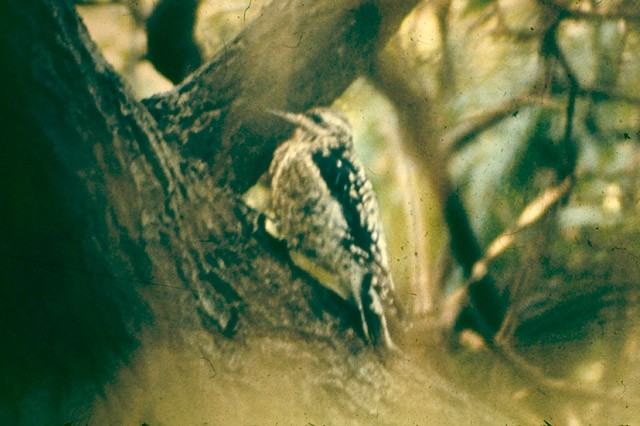RADICAL WITH AMOL RAJAN - A WAR ON CLIMATE CHANGE: ARE ENVIRONMENTAL ACTIVISTS LOSING THE FIGHT? (CHRIS PACKHAM) (320kbs-m4a/152mb/66mins)
BBC Radio 4 broadcast: 27th November 2025
What does it mean to confront climate change? Amol speaks to broadcaster and campaigner Chris Packham who says conservationists like him have not done enough to protect nature.
After the COP climate summit in Brazil ended without new targets to reduce the use of fossil fuels, he wants the UK government to lead a global emergency action plan as it did in World War Two and during the 2008 financial crisis to address what he calls climate and nature breakdown.
The Springwatch and Winterwatch presenter also highlights the importance of biodiversity, how carbon emissions affect our health, and the practical steps individuals can take to make a difference.
But ultimately he says we need a policy shift, which makes polluters pay.
Chris also speaks candidly about his neurodiversity, his compulsion to speak truth to power and the personal price he pays for his campaigning.
(00:06:27) The scale of the climate crisis
(00:09:22) What he wants the UK government to do
(00:12:23) Why climate change has fallen down the political agenda
(00:14:52) Short term vs long term decisions
(00:20:26) Are net zero policies working?
(00:33:55) Environmentalism as a form of misanthropy
(00:40:14) Radical solutions
(00:44:02) What Chris does to help the environment
(00:45:40) Why he thinks he and other conservationists have failed
(00:48:01) What individuals can do
(00:57:38) The price he's paid for his campaigning
(00:59:55) Neurodiversity
(01:02:38) Amol's reflections
GET IN TOUCH
* WhatsApp: 0330 123 9480
* Email: radical@bbc.co.uk
Episodes of Radical with Amol Rajan are released every Thursday and you can also watch them on BBC iPlayer: https://www.bbc.co.uk/iplayer/episodes/m002f1d0/radical-with-amol-rajan
Amol Rajan is a presenter of the Today programme on BBC Radio 4. He is also the host of University Challenge on BBC One. Before that, Amol was media editor at the BBC and editor at The Independent.
Radical with Amol Rajan is a Today Podcast. It was made by Lewis Vickers with Anna Budd. Digital production was by Gabriel Purcell-Davis. Technical production was by Johnny Baker. The editor is Sam Bonham. The executive producer is Owenna Griffiths.
















